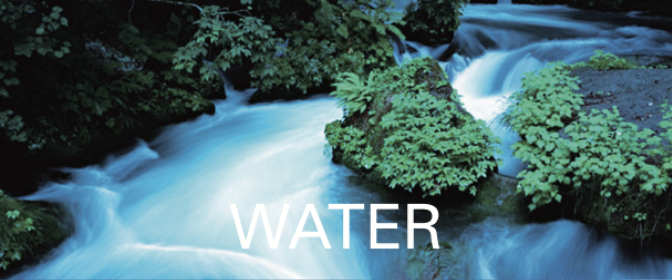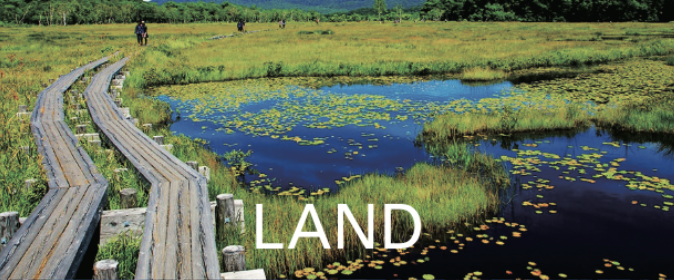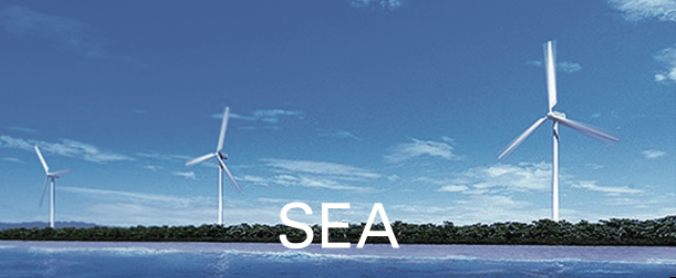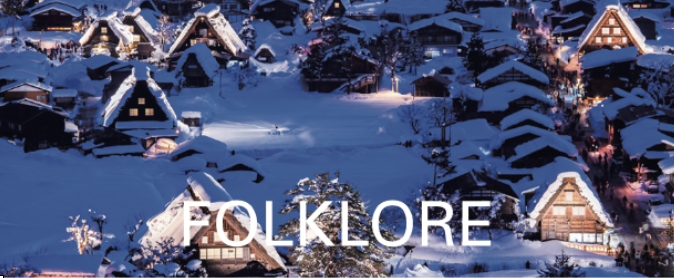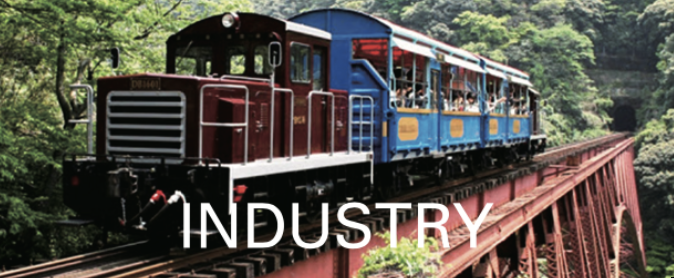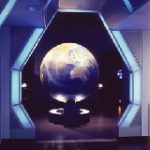
In Sagamihara, Mt. Hakone erupted, and the ocean retreated, due to cooling, and a terraced hill was born. At the end of the Ice Age, 6,000 – 10,000 years ago, the alluvial fan spread along the Sagami River by the coastline transgression again.
This museum faithfully reproduces the eternal history of the Sagamihara plateau and the natural appearance of the bur oak forest and spring water, and displays the specimen of animals and insects living there. The tide of life is displayed well.
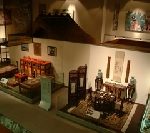
A forest of the Kaji Hillock is located at the border between the Kanto plain and the mountains, and has a vast tea plantation. This museum introduces the natural environment and history of Iruma City, in its permanent exhibition, using a diorama that recreates the forests of the Kaji Hills. It includes the fossil footprints of the Akebono elephant (Stegodon aurorae), an ancient elephant from 2.5 – 1 million years ago that came from the Chinese continent, and was discovered on Iruma River.
This museum introduces the world’s tea scenes, the history and culture of Japanese tea, and the local Sayama tea, in the tea exhibition room. There is also a full-scale tea room of “Rikyu.” Sen no Rikyu(1522 – 1591)was the greatest tea master, and invented the wabi-sabi style of tea ceremony.
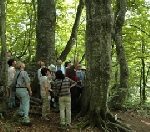
The Kuji clan in Nanbu moved to Ajigasawa Town in the Muromachi Period (1366 – 1573), and established Tsugaru Domain. Ajigasawa Town Aomori Prefecture, is located at the base of the Tsugaru Peninsula, which prospered as the port of the Tsugaru Domain. The Shirakami Forest had been carefully protected as a preserved forest in order to secure water for rice fields during the days of the domain administration.
The beech forest that preserves the water of grace is located in the Kuromori district, 20 km north of the Shirakami Mountains, which is a World Heritage Site. There is rich grace from the natural broadleaf forest. (*Operation is suspended now, due to the appearance of bears)

The forest around this center has been known as a paradise for wild birds for a long time, and Kotori House collects the natural environment and the four seasons of Miyagi Prefecture, mainly on the Zao Mountain Range. This center explains the mechanism of nature, the nature of the Zao Mountain Range and the ecology of wild birds in Miyagi Prefecture, using models and taxidermy. The Center hosts public events including Wild bird care and nature observation events.
You can experience the elegance of poetic unconventionality that was pursued by Saigyo (1118 – 1190), a Japanese poet who worked as a guard to retired Emperor Toba (1103 – 1156), Sen no Rikyu(1522 – 1591), the greatest tea master, and the tea master to the military dictators of Japan, Oda Nobunaga and Toyotomi Hideyoshi, who invented the wabi-sabi style of tea ceremony, and Matsuo Basho (1644 – 1694), the most famous poet of the Edo period.
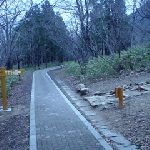
Large Keyaki, Japanese zelkova, which are 300 year old trees with diameters of more than 2 m, grow in clusters on this promenade, along the Gobyakugawa River flowing into Koriyama City. Each Keyaki has a complex appearance, of which the sculptural beauty is overwhelming. The 400m of the promenade, with its well-balanced natural environment, is well maintained.
The name of the Gobyakugawa River means the 500th river. It is said that Hagi Hime, who was a princess in the Northern and Southern Courts (1336 – 1392), became sick, and travelled to the 500th river in the north of Kyoto, following the oracle in her dream, and recovered.

